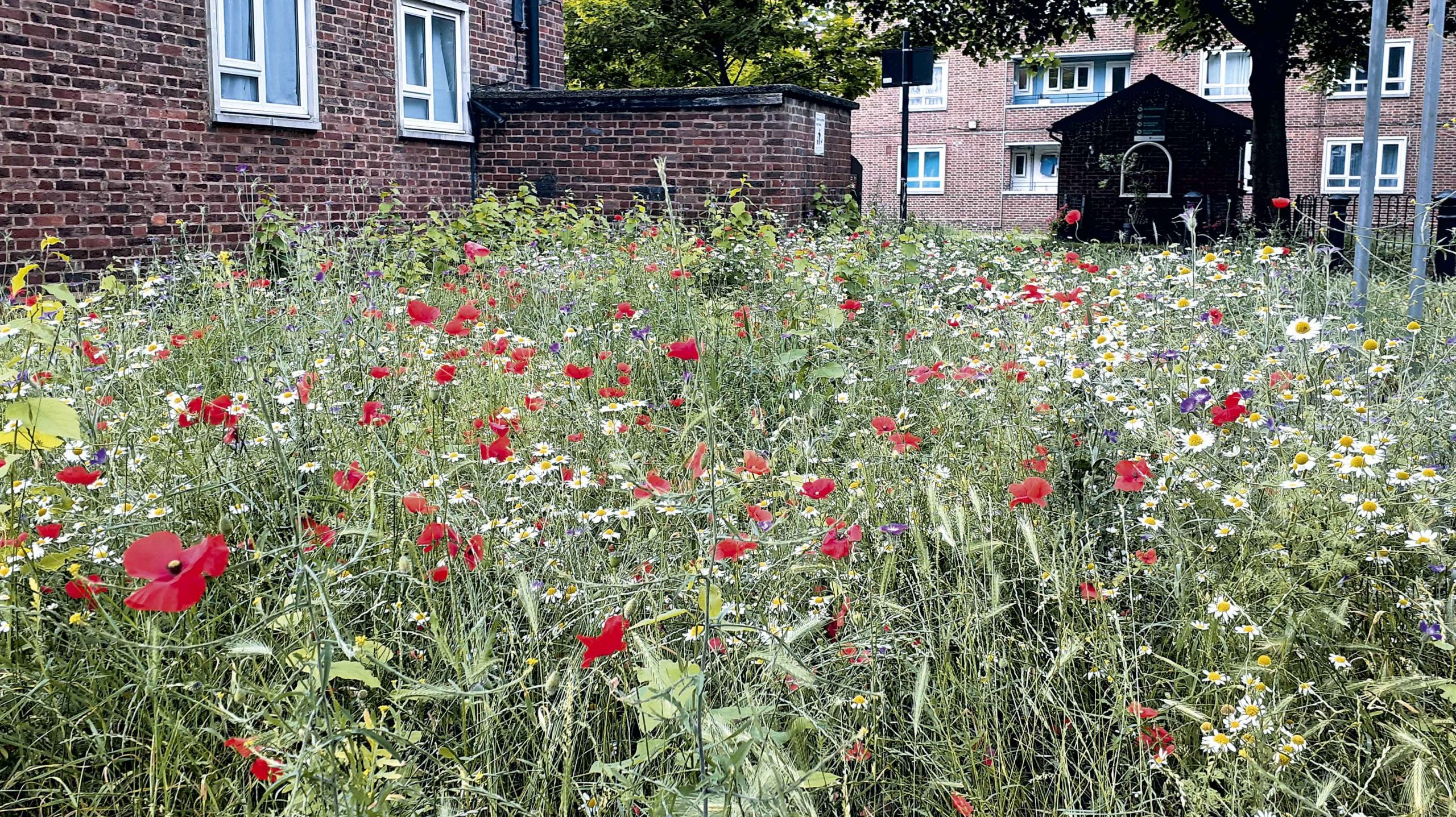We want to help people from all backgrounds to experience butterflies and moths. Our Head of Wild Spaces explains the importance of creating urban spaces for nature.
Wild Spaces, Butterfly Conservation’s flagship engagement programme, was set up to help people from diverse communities across the UK to experience the joy of butterflies and moths and connect to nature. It sits alongside our work on threatened species and priority landscapes, at the heart of our strategy, with the goal of transforming 100,000 Wild Spaces by 2026.
The programme has been developed to engage and inspire a wide variety of different groups of people, with a particular focus on younger people living in urban areas, people from diverse ethnic backgrounds, and people with limited access to green spaces on their doorstep. Friends of the Earth’s England’s Green Space Gap report (2020) found that almost 40% of people from BAME backgrounds live in those neighbourhoods in England that are most deprived of green spaces. This highlights a clear need to create Wild Spaces in the heart of these communities, where people can access and enjoy nature.
Wild Spaces include any area transformed to provide space for butterflies and moths. They vary greatly in size and type – from balconies, patios and private gardens, to larger community spaces such as churchyards, allotments, public parks or amenity spaces. What unites them is that steps have been taken to improve the space – from adding native plants, perhaps in pots, or growing climbers such as Honeysuckle, to leaving an area of Bramble or Nettles, letting a lawn or hedge grow, or leaving a pile of dead leaves and sticks. Each of these actions can help create spaces where butterflies and moths can complete their life cycle by having somewhere to feed, breed and shelter.
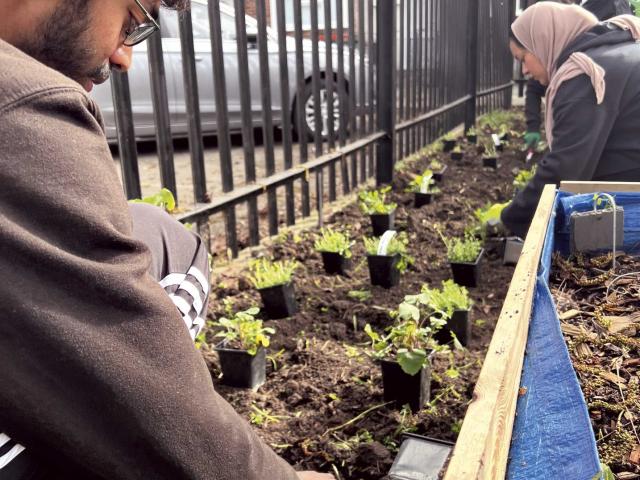
As a way to begin exploring the wonderful world of butterflies and moths, Wild Spaces can be a simple first step for people at risk of disconnection from nature – and without any prior association with Butterfly Conservation – to get involved and be inspired to do more to help, as their interest and enthusiasm grows. Our aim is to ensure the Wild Spaces initiative is not a one-time engagement, but provides ongoing opportunities to enhance and improve spaces, connect communities and build wider support for the charity over time.
Wild Spaces builds on existing projects, with the aim of replicating successful approaches across locations. One such project is Big City Butterflies, working across London’s inner boroughs to inspire people to discover butterflies and moths in their local green spaces.
Several demonstration Wild Spaces have been created as part of this project, which have been used for workshops, events and family activities, to inspire the next generation and increase opportunities to connect with nature in inner city locations.
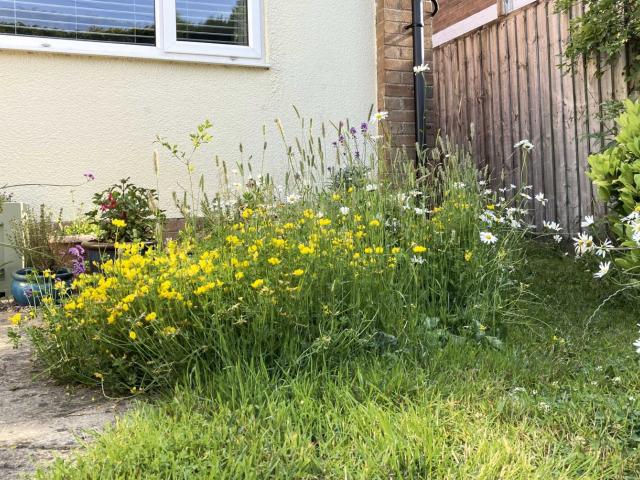
Your Wild Spaces
People have already been coming together to create Wild Spaces. Here are just a few of them.
Hive on the heath
Community volunteers have made a space for nature named Hive Meadow, near the entrance to Hampstead Heath. Formerly an unloved patch of grassland, it was transformed with seeds and plants provided by Butterfly Conservation. Feedback from members of the local community engaged in the project has been extremely positive.
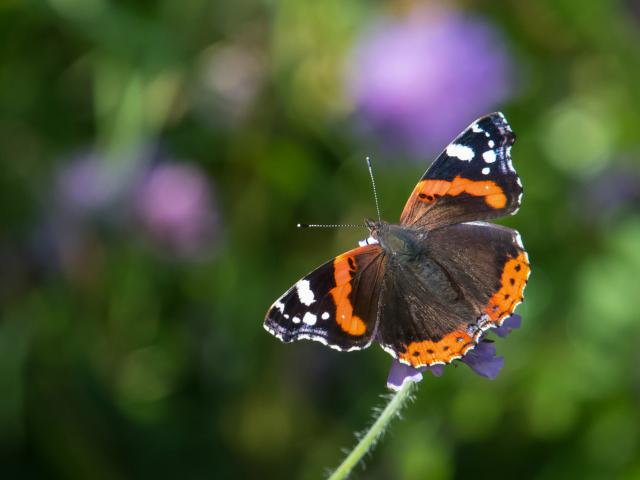
Making a meadow
A wildflower meadow was created at Islington Forest for Change, where visitors have enjoyed sitting on sunny days, enjoying a natural, relaxing environment within a highly urban area. The meadow is part of a project by Islington Clean Air Parents to regenerate an unloved green space in central London.
“I’ve noticed a fantastic increase in wildlife. This year I’ve spotted three types of butterflies, including Red Admiral and Common Blue. Plus, there’s been an increase in the variety of bees. This has tripled from last year and I’m sure will continue to grow.” - PARENT LUCY FACER
Branches for butterflies
Community Wild Spaces have also been created by several Butterfly Conservation Branches, including demonstration spaces in public parks. Branches have also worked with allotment societies to create Wild Spaces in disused and unloved corners of allotment plots.
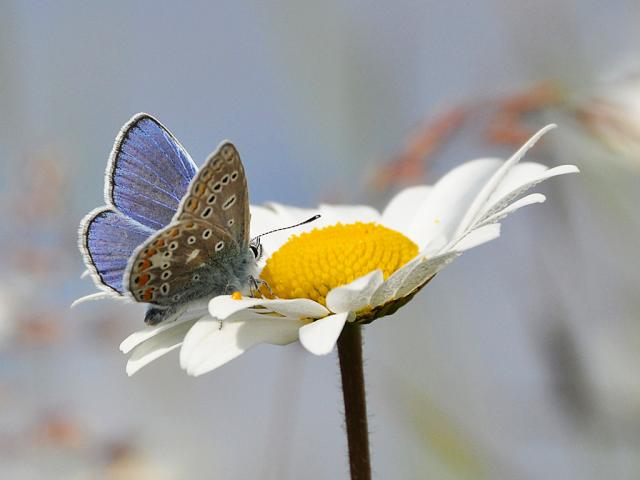
How to get started
Check out the Wild Spaces website, our brand-new hub containing all the information you need to get involved and create your own Wild Spaces.
Steve Gray
Head of Wild Spaces


